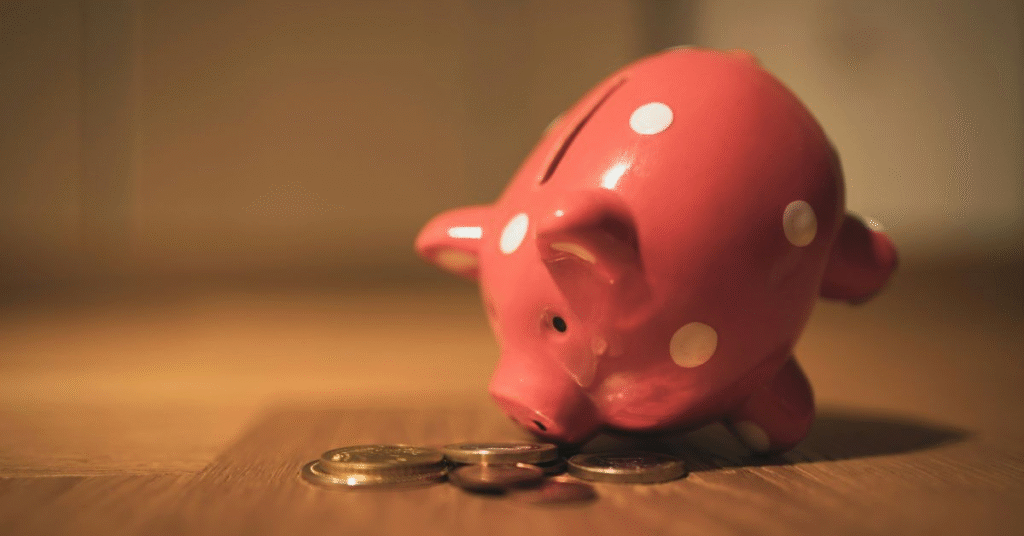
In an unpredictable economic climate, having an emergency fund is no longer optional—it’s essential. With inflation still high, job security uncertain in some sectors, and the rising cost of living across the U.S., more Americans are realizing that a financial safety net can mean the difference between a minor setback and a full-blown crisis.
But how do you build an emergency fund when it already feels like every dollar is stretched? Here’s a practical, step-by-step guide tailored for today’s economy.
What Is an Emergency Fund and Why Is It So Important?
An emergency fund is a dedicated amount of money set aside to cover unexpected expenses such as:
- Medical bills
- Car repairs
- Job loss
- Home maintenance
- Emergency travel
- Temporary income disruption
The goal is simple: avoid going into debt (like using credit cards or payday loans) when life throws you a financial curveball. In 2025’s uncertain economy, this fund provides peace of mind and flexibility.
How Much Should You Save?
✅ The Basic Rule
Most financial experts recommend saving 3 to 6 months’ worth of essential living expenses.
So if your monthly expenses total $3,000 (including housing, food, utilities, and transportation), your target should be $9,000 to $18,000.
✅ Start with a Mini Goal
That full amount might feel overwhelming—especially if you’re living paycheck to paycheck. Start with a smaller milestone:
- $500 for very basic emergencies
- $1,000 as a buffer for most common surprise expenses
- Then gradually work toward 3–6 months of coverage
Where Should You Keep Your Emergency Fund?
🏦 High-Yield Savings Account
Your emergency fund should be:
- Safe (not invested in volatile markets)
- Accessible (available immediately, no penalties)
- Separate from your everyday checking account
A high-yield savings account at a reputable online bank is usually the best option. These accounts offer higher interest rates than traditional banks—helping your money grow a little while it sits.
Avoid keeping emergency savings in investment accounts, CDs with penalties, or under your mattress.
Step-by-Step: How to Build an Emergency Fund (Even on a Tight Budget)
1. Know Your Monthly Essentials
Track your spending and identify your bare-minimum monthly costs:
- Rent or mortgage
- Utilities
- Insurance
- Groceries
- Transportation
- Minimum debt payments
Multiply this by 3 to 6 to set your savings goal.
2. Open a Dedicated Savings Account
Keep your emergency fund completely separate from your spending money. Label it “Emergency Only” so you’re less tempted to dip into it.
3. Automate Contributions
Set up automatic transfers—even small ones like $25 or $50 per week. Automation ensures consistency and builds the habit of saving.
Even if you can’t save a lot now, the key is to start and build momentum over time.
4. Cut Back Where It Hurts the Least
Look for ways to reduce spending without sacrificing your well-being. Examples:
- Cancel unused subscriptions
- Cook at home more often
- Switch to generic brands
- Reevaluate monthly memberships
- Reduce online impulse purchases
Use these savings to redirect money toward your emergency fund.

5. Boost Income Where You Can
Sometimes cutting costs isn’t enough. Consider:
- Freelancing or part-time gigs
- Selling unused items
- Asking for a raise or promotion
- Monetizing a hobby or skill
Even temporary boosts in income can significantly jump-start your fund.
6. Redirect Windfalls
Any unexpected money—tax refunds, bonuses, cash gifts, rebates—can go straight into your emergency fund.
Treat this money as untouchable until you hit your target.
Avoid These Common Mistakes
❌ Investing Your Emergency Fund
The stock market may promise higher returns, but it’s not worth the risk or delay when you need fast cash in an emergency.
❌ Tapping It for Non-Essentials
A last-minute vacation, phone upgrade, or concert ticket is not an emergency. Keep clear boundaries.
❌ Only Saving What’s Left Over
If you wait to save “whatever’s left” at the end of the month, you might never build momentum. Pay yourself first—even a small amount.
What Happens Once You Reach Your Goal?
Once you’ve saved 3–6 months of expenses, keep the fund intact. It’s not a spending account—it’s an insurance policy.
From there, you can redirect money toward other goals:
- Retirement (401k or IRA)
- Paying off high-interest debt
- Saving for a home or major purchase
- Investing in long-term assets
You might still add a little to your emergency fund each year to account for inflation or changes in expenses.
Final Thoughts
In today’s economy, financial stability is built on preparation—not prediction. You can’t always control job markets, healthcare bills, or global events, but you can control how prepared you are.
Building an emergency fund may take time, but every dollar saved is a step toward freedom, confidence, and control over your financial future.
Start small. Stay consistent. And protect yourself before life makes the decision for you.